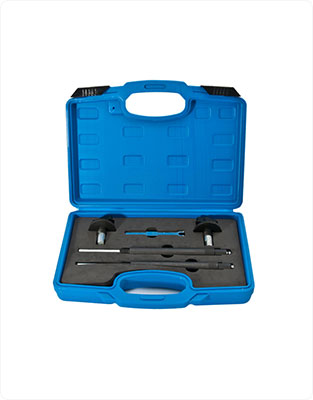Introduction to Auto Engine Parts
The automotive industry has undergone significant transformations over the years, with technological advancements at the forefront. One crucial aspect contributing to the efficiency and performance of vehicles is the evolution of auto engine parts. From the early days of internal combustion engines to the present era of electric and hybrid technologies, the landscape of auto engine components has witnessed remarkable changes.
Milestones in Auto Engine Parts Development
The journey of auto engine parts can be traced through various milestones. The inception of mass production techniques by Henry Ford marked a turning point, leading to standardized components. Subsequent decades saw innovations such as fuel injection systems, catalytic converters, and electronic control units (ECUs), enhancing both fuel efficiency and emission control. The constant pursuit of performance improvement has driven the development of lightweight materials, advanced sensors, and intelligent engine management systems.
Emerging Trends in Auto Engine Parts
As we step into the 21st century, auto engine parts continue to evolve in response to environmental concerns and the demand for sustainable transportation. Hybrid and electric vehicles have gained prominence, leading to innovations like regenerative braking systems and high-efficiency electric motors. The integration of smart technologies, such as artificial intelligence and machine learning, further optimizes engine performance by adapting to driving patterns and environmental conditions.
Challenges and Future Prospects
Despite the strides in auto engine parts technology, challenges persist. The demand for increased fuel efficiency and reduced emissions necessitates continuous innovation. The shift towards electric propulsion presents challenges in terms of infrastructure, battery technology, and recycling. However, these challenges also open up avenues for research and development, fostering breakthroughs in materials science, energy storage, and sustainable manufacturing processes.
In conclusion, the evolution of auto engine parts reflects the dynamic nature of the automotive industry. From the simplicity of early components to the complexity of modern, intelligent systems, each era has brought forth innovations that redefine how vehicles function. As we navigate the future of transportation, the interplay of engineering prowess, environmental consciousness, and consumer expectations will continue to shape the trajectory of auto engine parts development.
 EN
EN


















